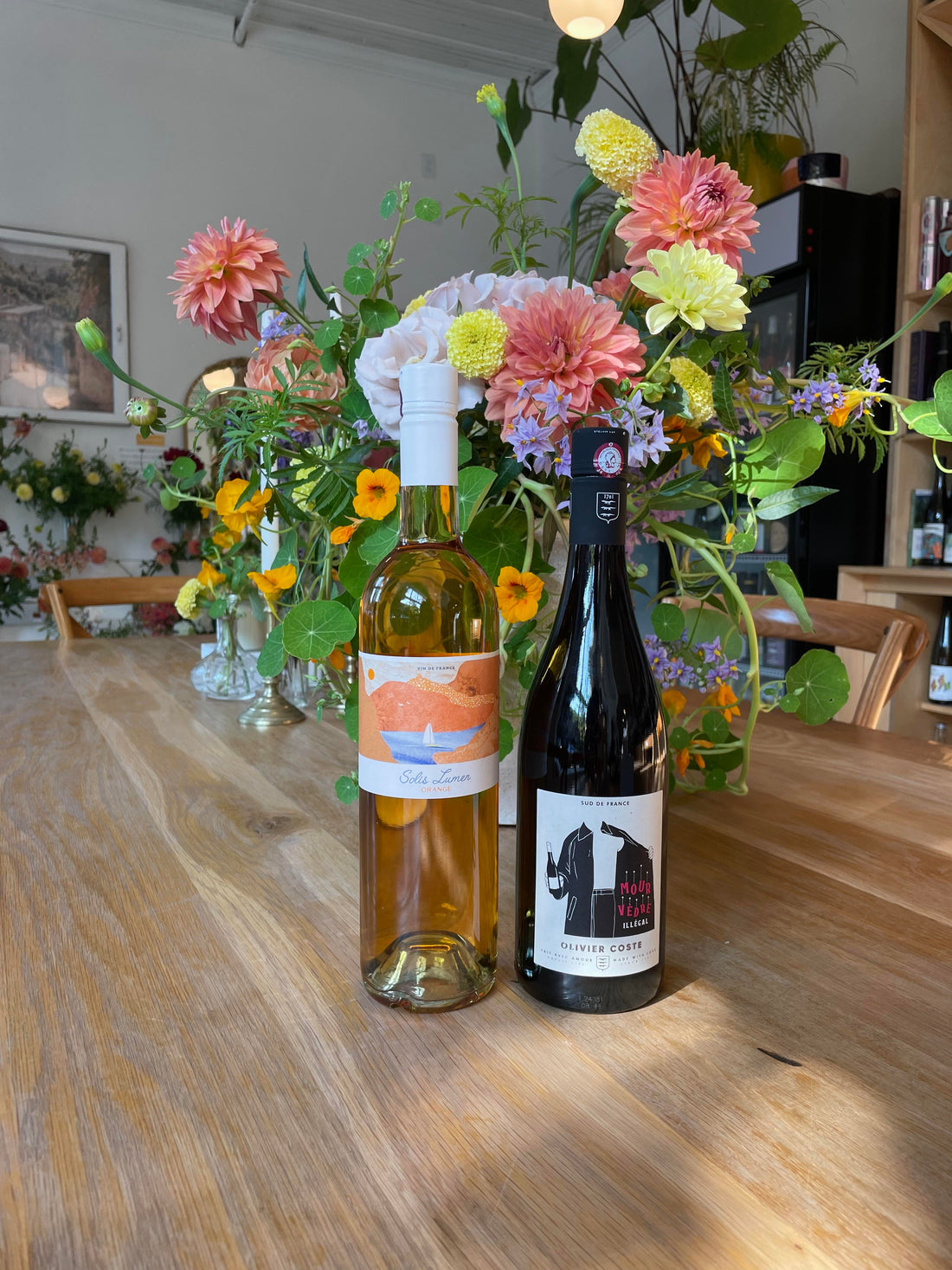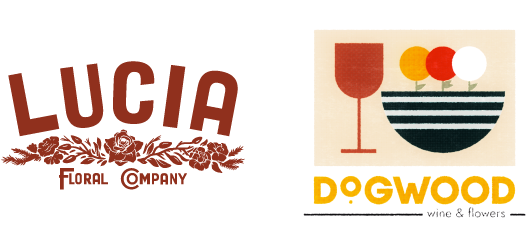
September 2024 - Languedoc
September 2024
France
Languedoc
Featuring:
Domaine Montrose
The Languedoc may not exude the glamor of Provence’s star-studded coastline, however it is as quintessential Southern-France as its eastern neighbor. Think Mediterranean scrub (called garrigues in French), red earth, Roman architecture, limestone outcroppings, bird sanctuaries, sandy beaches, and a lot of vineyards. Historically, the Languedoc has been coupled with the Roussillon, to form the Languedoc-Roussillon, a region stretching from the Rhone delta (near Marseille) to the Spanish border (near Barcelona). This is, and has long been, the largest wine-producing region in all of France. Due to the warm weather, endless sunshine, affordable land, and some rather generous grape subsidies, Languedoc-Roussillon has long been a hotbed for bulk/table wines. In the 1980s, it was speculated that this area produced something like 10% of the WORLD’s wine. French table wine consumption rapidly dropped from the 80’s onward, and the Languedoc has been in a bit of an identity crisis ever since.
Today, there exists a common dichotomy found across much of Mediterranean Europe - small, family properties fighting it out to produce world-class wines of terroir while corporate producers or large co-ops dilute the market with cheap, regionally designated wines. Consumers are left to differentiate between mass-market trash and handmade treasures.
Domaine de Montrose
Bernard Coste and his adult son, Olivier, are stewards of their family’s three century-old estate in the Languedoc. Located just outside of the town of Pézenas, their 80 hectare (200 acre) estate is spread out into smaller vineyards across the immediate countryside. Olivier, the 9th generation to run the estate, cites growing up at Montrose, playing in the winery, and roaming the vineyards as the source of his deep love for Languedoc terroir. Later, as a young man, he began to appreciate both the regional wines as well as learn the craft of winemaking from his father. Today, the winery is focused on modern winemaking and sustainability, however they still pay respects to the tradition with the family crest (three salamanders) on the label and naming their flagship cuvee after the year the estate was founded - 1701.

Domaine de Montrose is located about 30 miles SW of Montpellier, in the foothills of the Massif Central. The estate is within a small area called the Côtes de Thongue. Home to 50 or so producers, this region chose not to become an AOC in order to maintain the freedom to make the wines as they see fit. The soil type in this area is called Villafranchian - which is a specific type of river rock over a clay-limestone subsoil. These rocks are perfect for absorbing heat and slowly releasing it overnight, while the clay-limestone soils aid in retaining water.
Montrose grows a wide range of varieties, many of which are native to Southwest France. These include classics like Grenache, Carignan, Cinsault, Syrah, Mourvèdre, Cabernet Sauvignon, Grenache Blanc, Viognier, and Roussanne, as well as more obscure varieties like Carignan Blanc, Rolle, and Muscat à Petits Grains.
Montrose manages another ‘estate’ in nearby Faugères - Châteaux des Adouzes. This range of wines follows the same principles of the Montrose wines, however production is smaller with more focus on old vines and traditional, blended cuvees.

Montrose, ‘Solis Lumen’ Orange of Muscat, Vin de France 2023
While Orange wine may be a new style for the Coste family, creating wines in the spirit of the Mediterranean coast is not. This wine may be Orange in color, but it still exudes the relaxed laissez-faire attitude of the south. This wine is blended from 90% Muscat à Petits Grains and 10% Grenache Gris. The grapes see a brief 7 day maceration to impart color and a touch of richness. After pressing, the wine is aged in tank for 6 months before bottling.
The wine shows notes of dried apricot, acacia flower, oolong tea and clementine, alongside a subtly undercurrent of earthy and savory notes. On the palate it is a touch saline, with a medium plus body and bright acidity.
‘Solis Lumen’ is the Occitan phrase for Sunlight, an homage to their history and geography.
(Side note - Occitan is a regional language previously spoken in the South of France. Sometimes called Provencal, this language predates modern French and has roots in the Roman empire. It is closely related to Catalan.)
Montrose, ‘Illegal’ Mourvèdre, Vin de France 2023
Mourvèdre is not a permitted grape in AOC Faugères. Yet Olivier has a vineyard that is fabulously suited to Mourvèdre. So what does he do? He makes the fantastic Mourvèdre and declassifies it as a Vin de France. Et viola! Problem solved.
This wine is 100% Mourvèdre from Faugères, home to their elevated label Châteaux des Adouzes, however they’re not allowed to market it as such. (from the website: Super terroir de vin rouge mais illégal d’en parler - ‘fantastic site for red wine but illegal to name’).
The grapes are macerated for three weeks before pressing and aging in stainless steel over winter. This is vibrant, playful red meant to be enjoyed young and fresh. It has notes of black and blue fruit along with the classic varietal notes of meat/leather and the terroir-induced quality of garrigues. There is a round, textured quality to the palate. This could be lightly chilled and enjoyed on a warm day, or stashed away and opened in the heart of winter.
